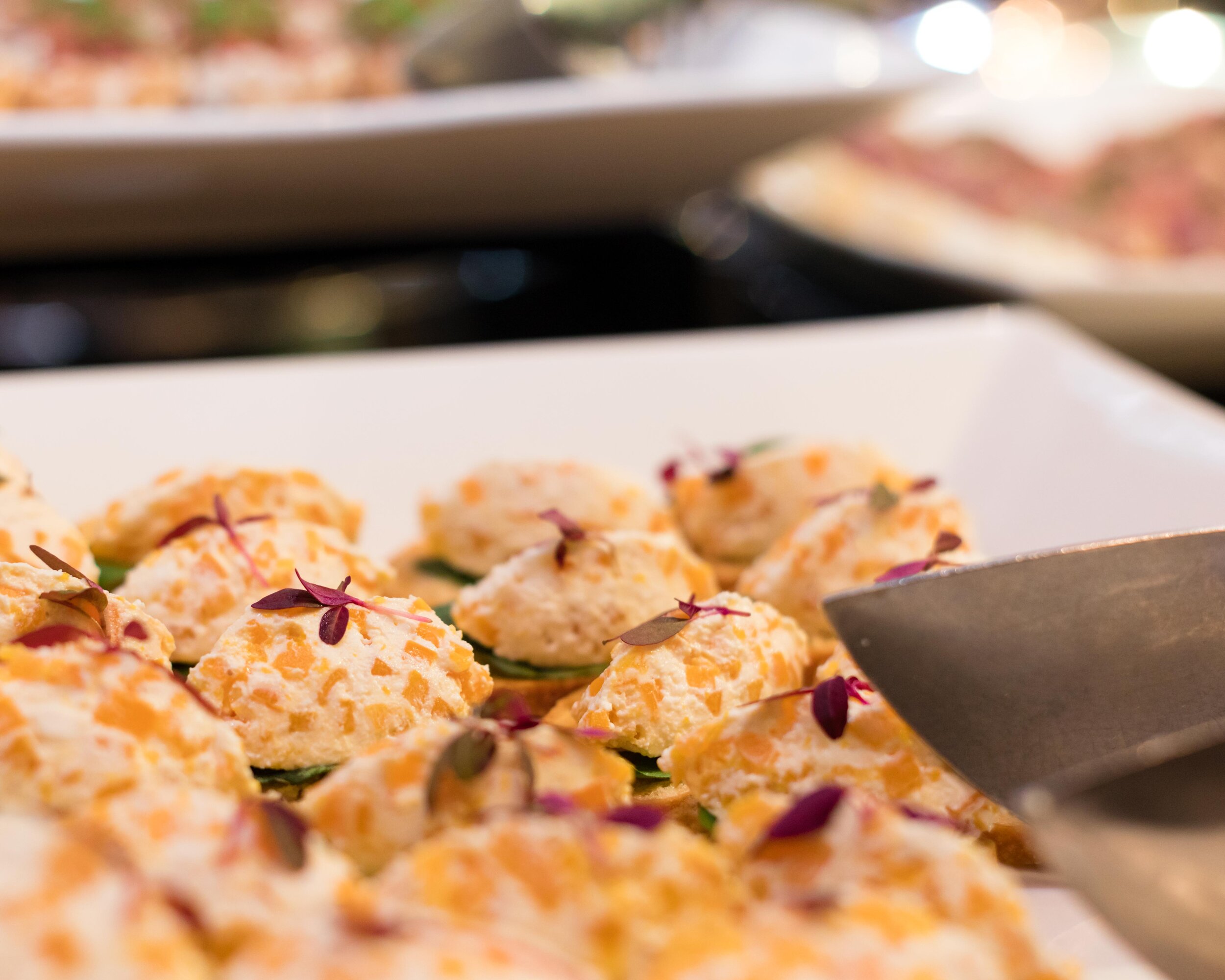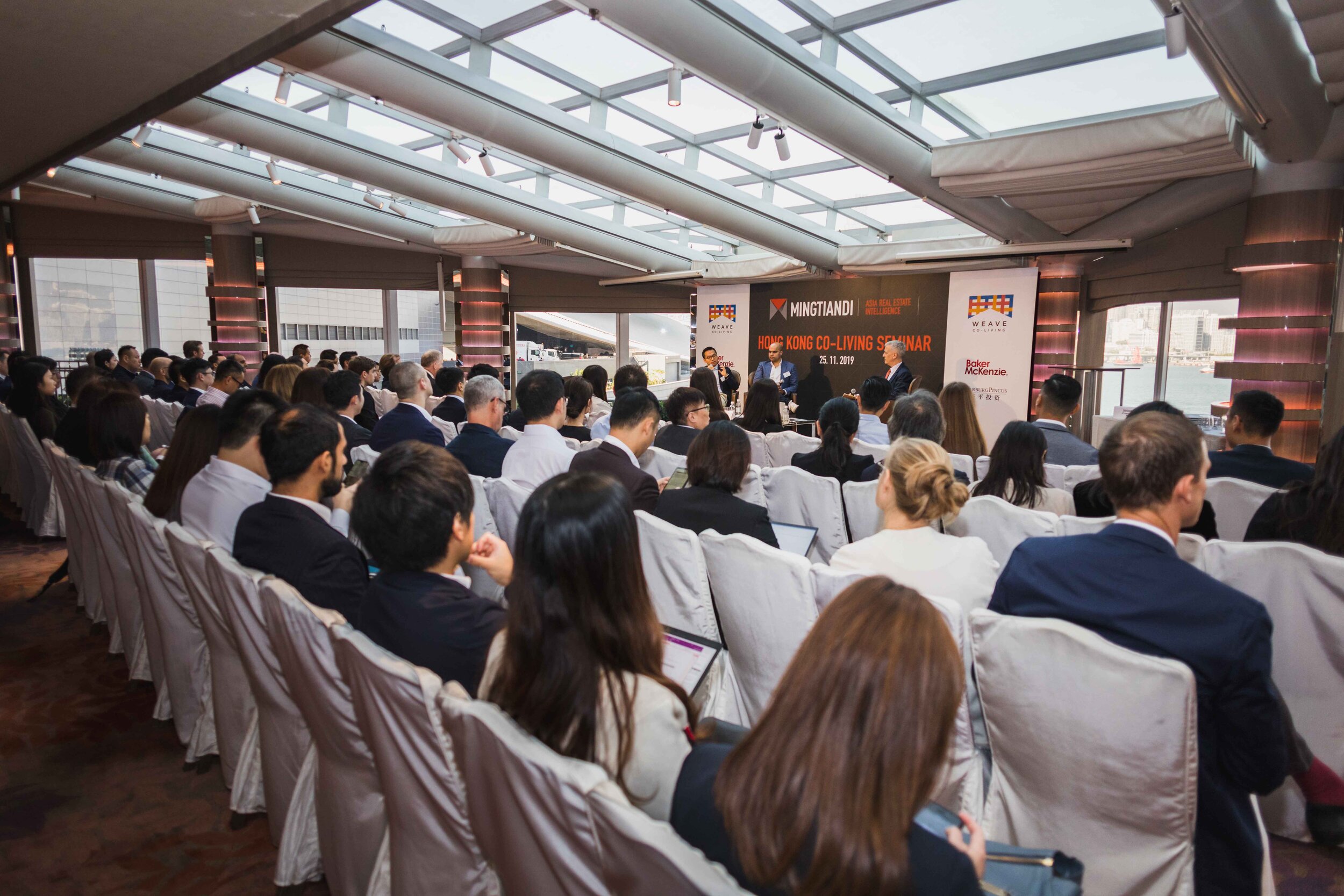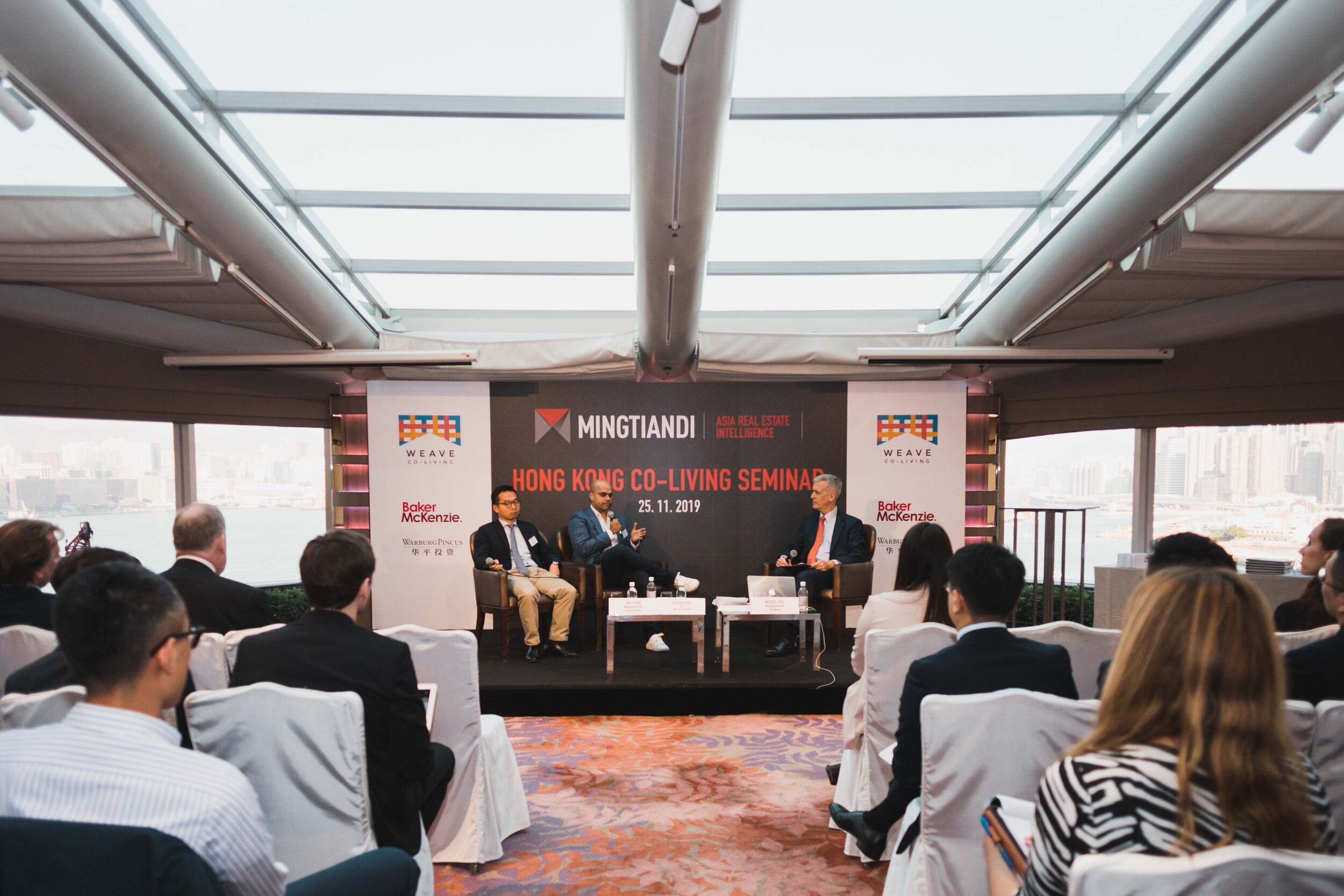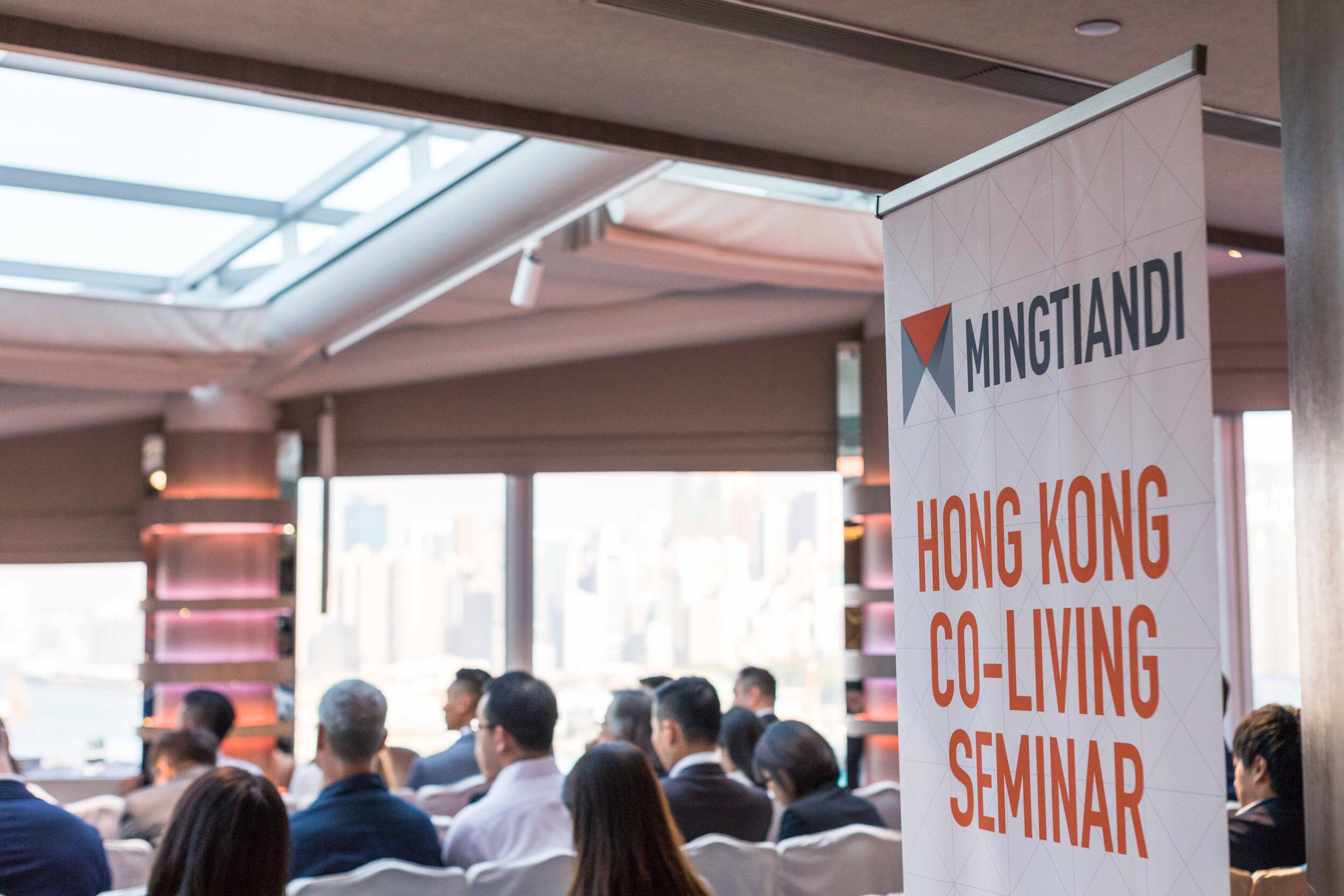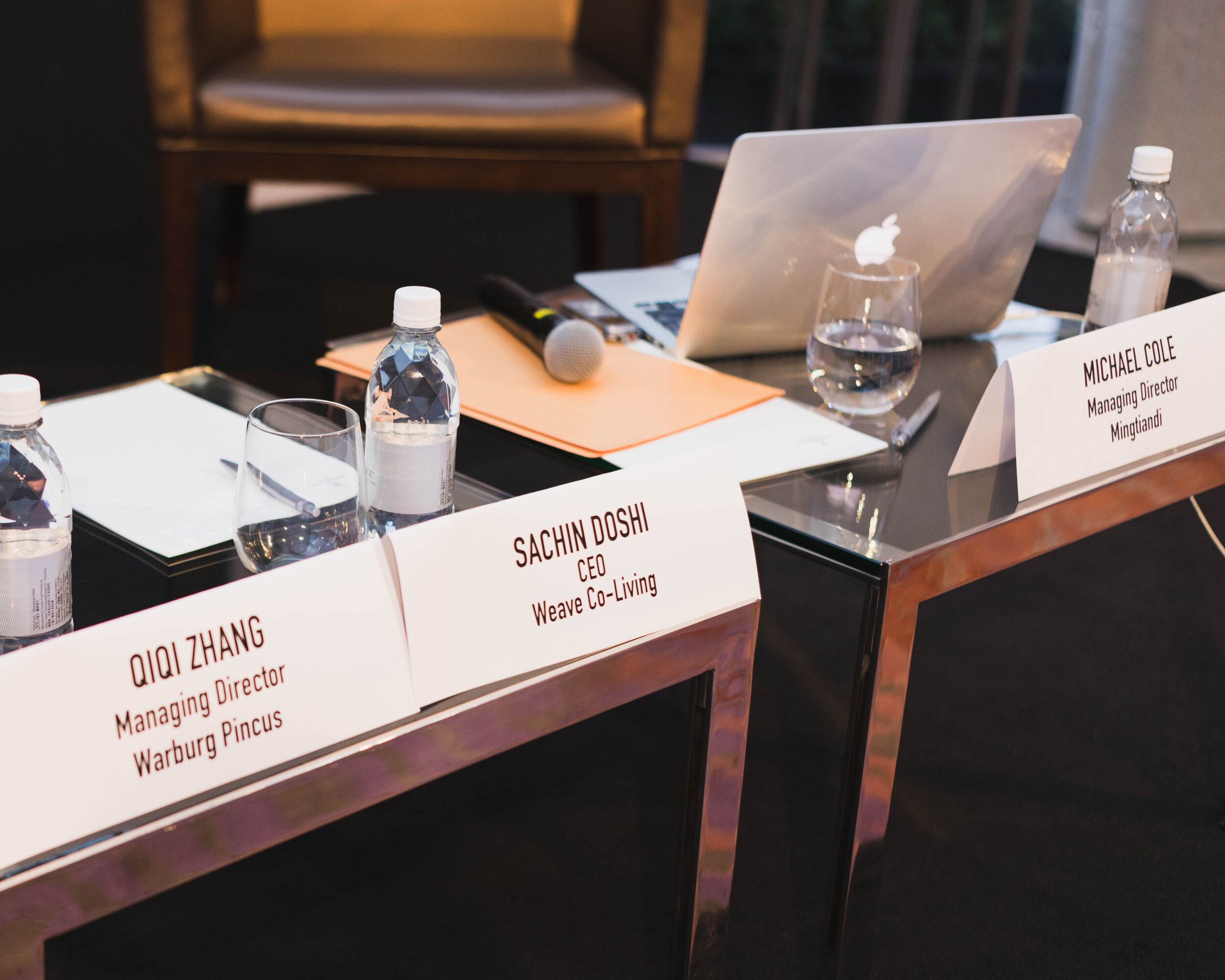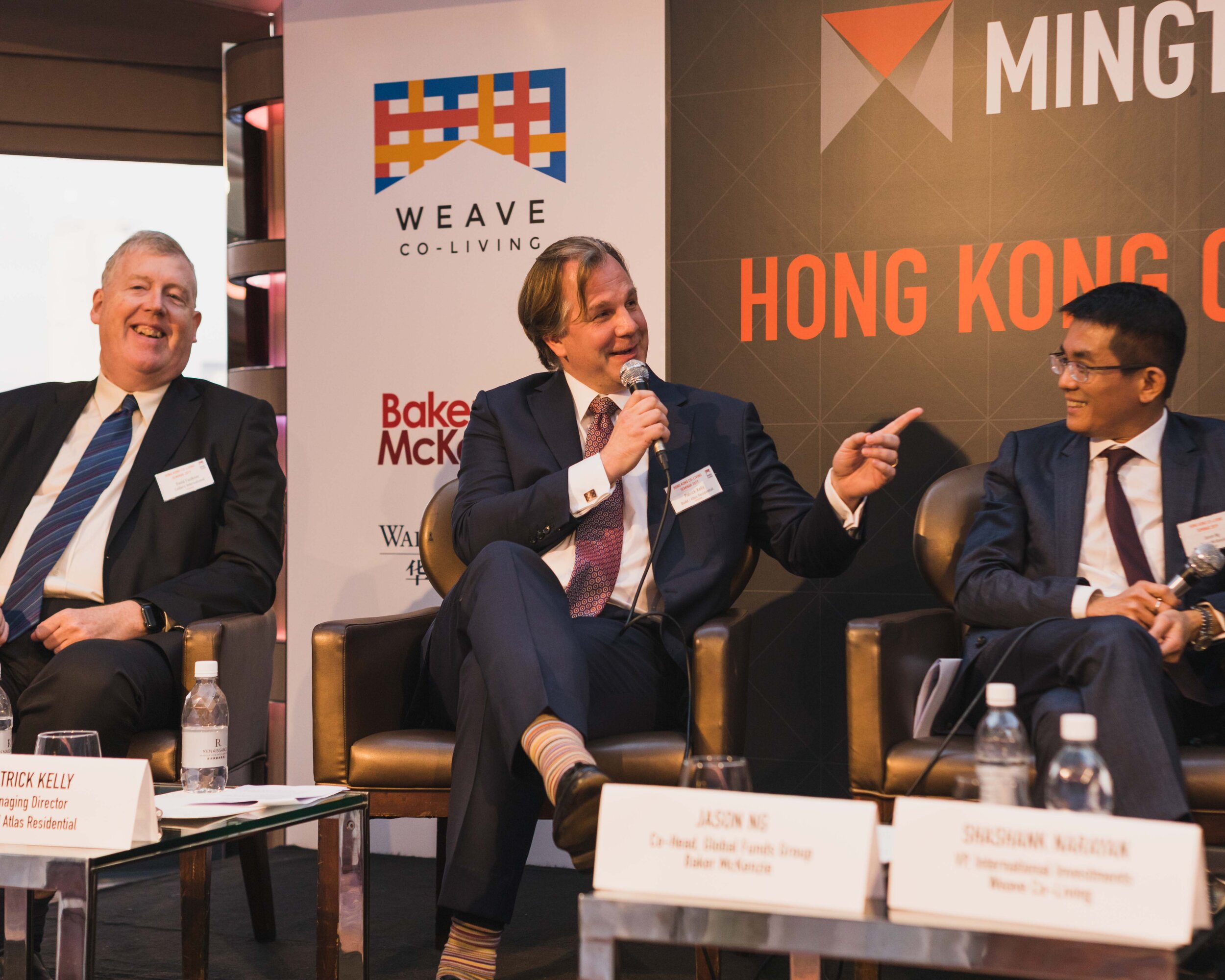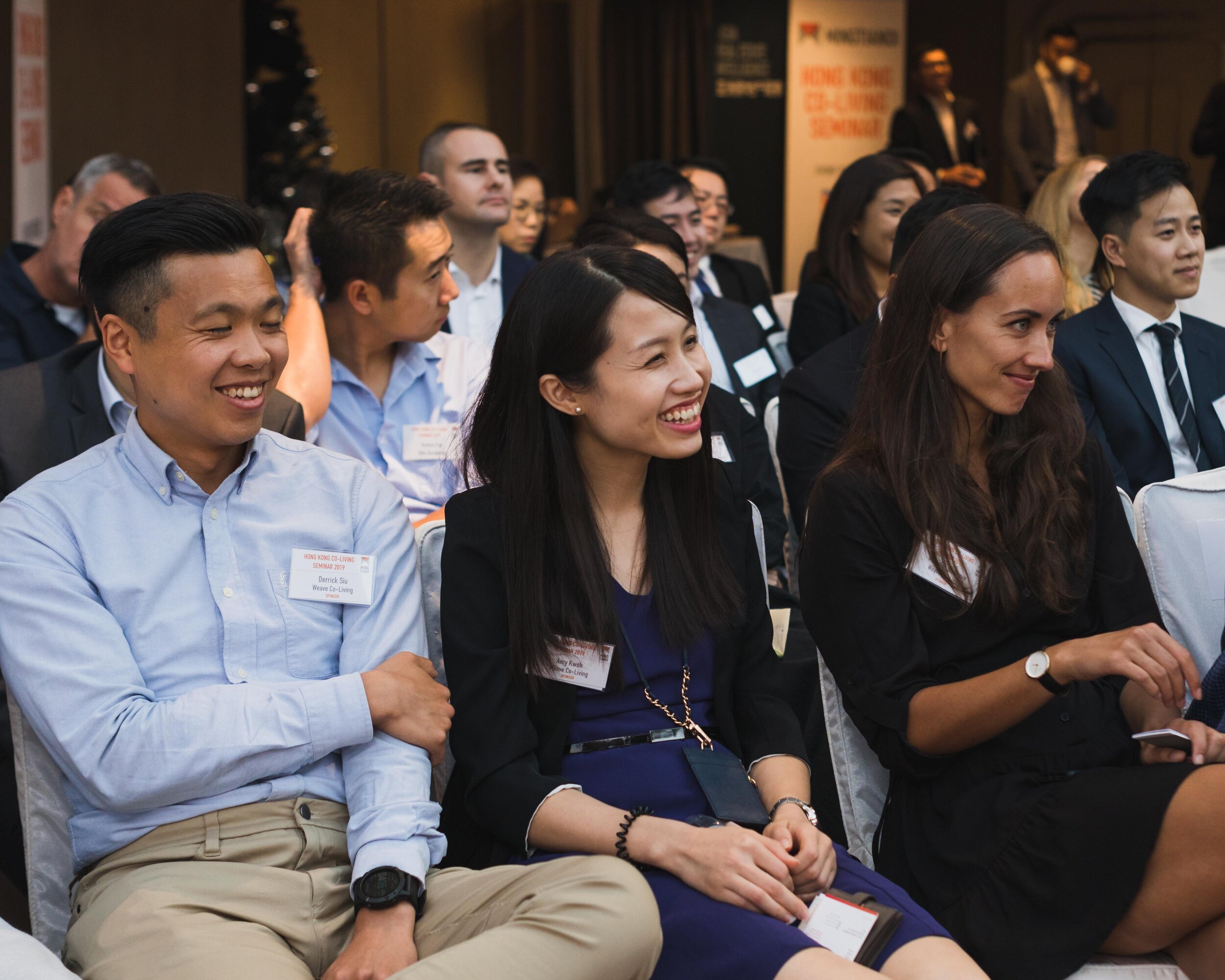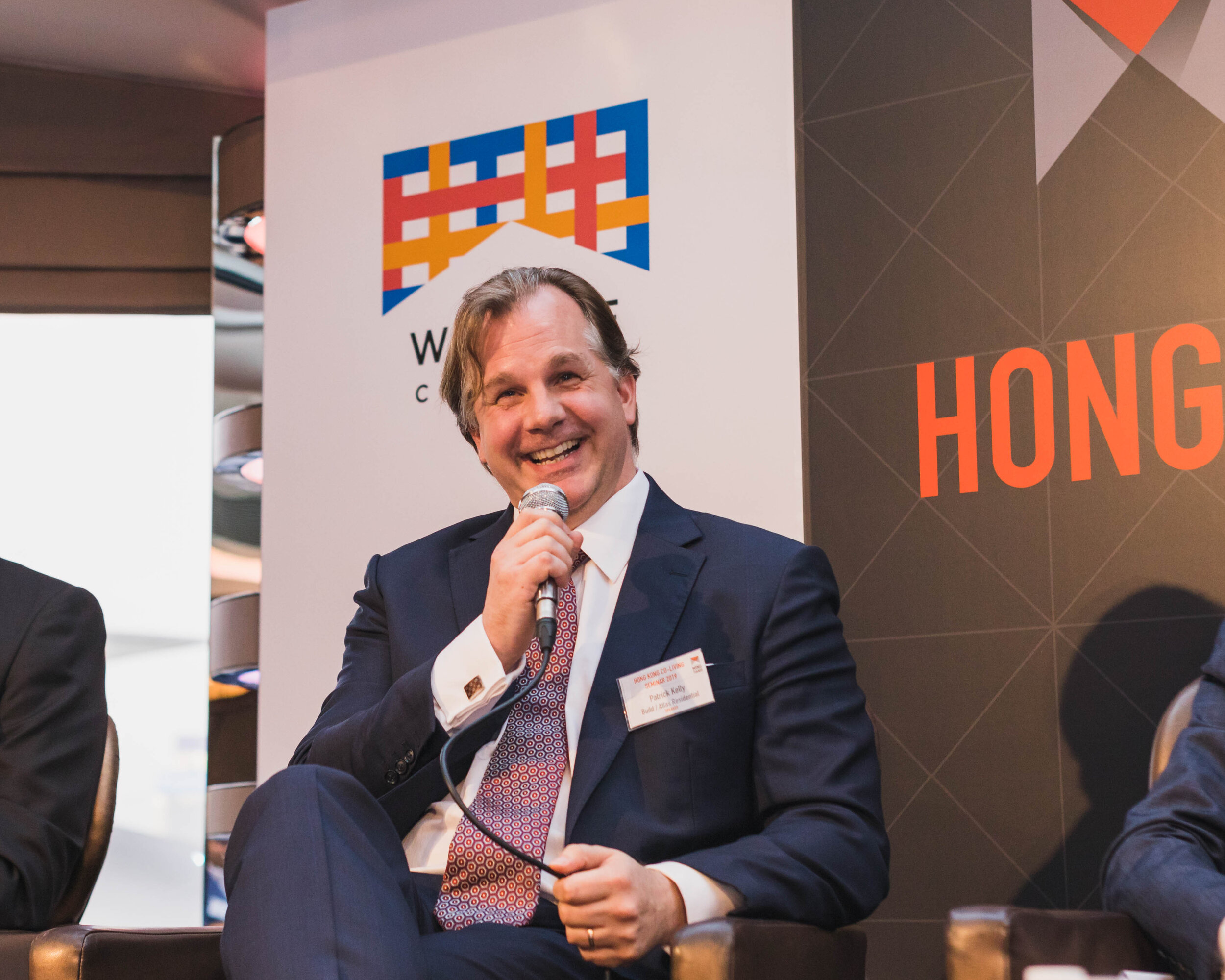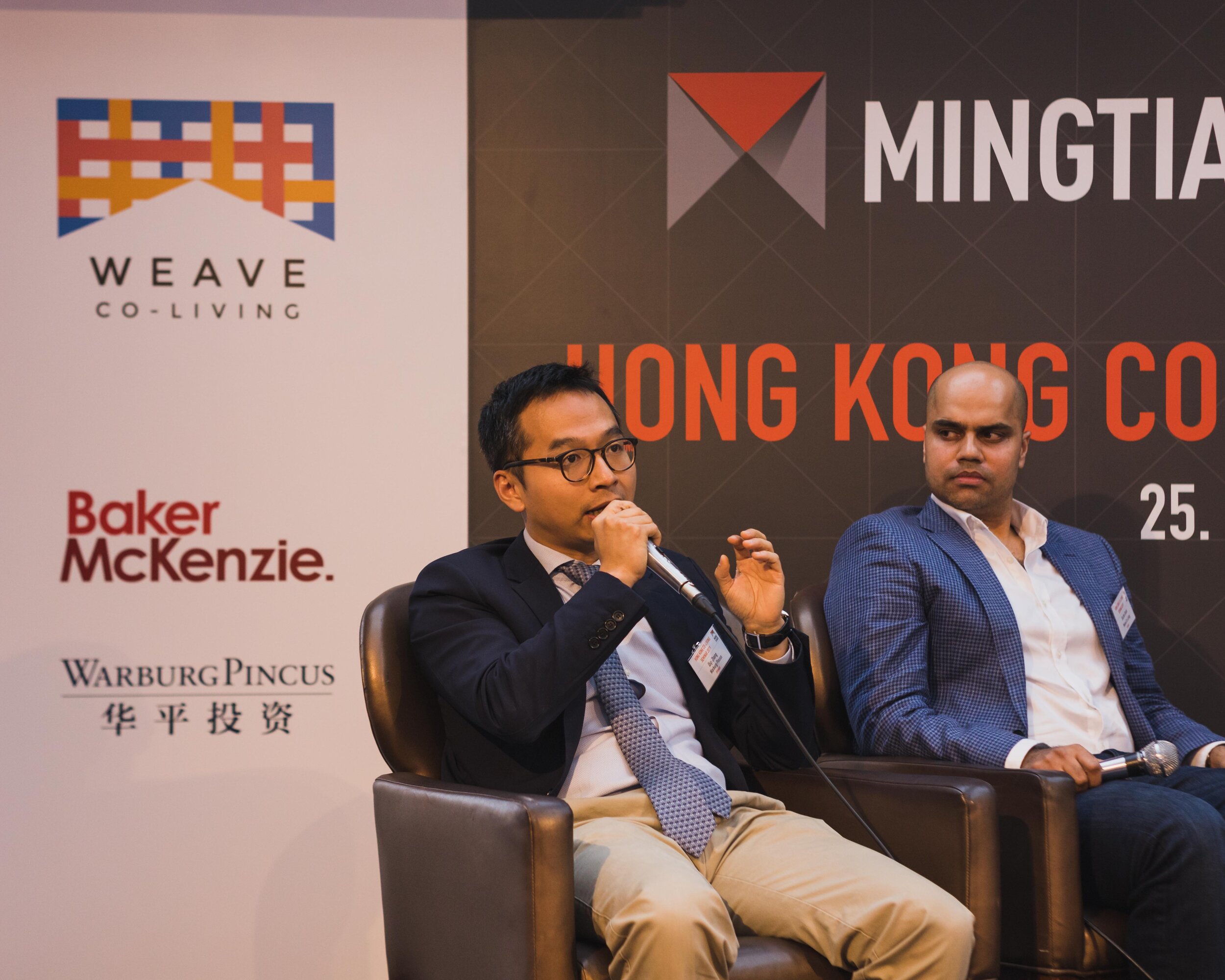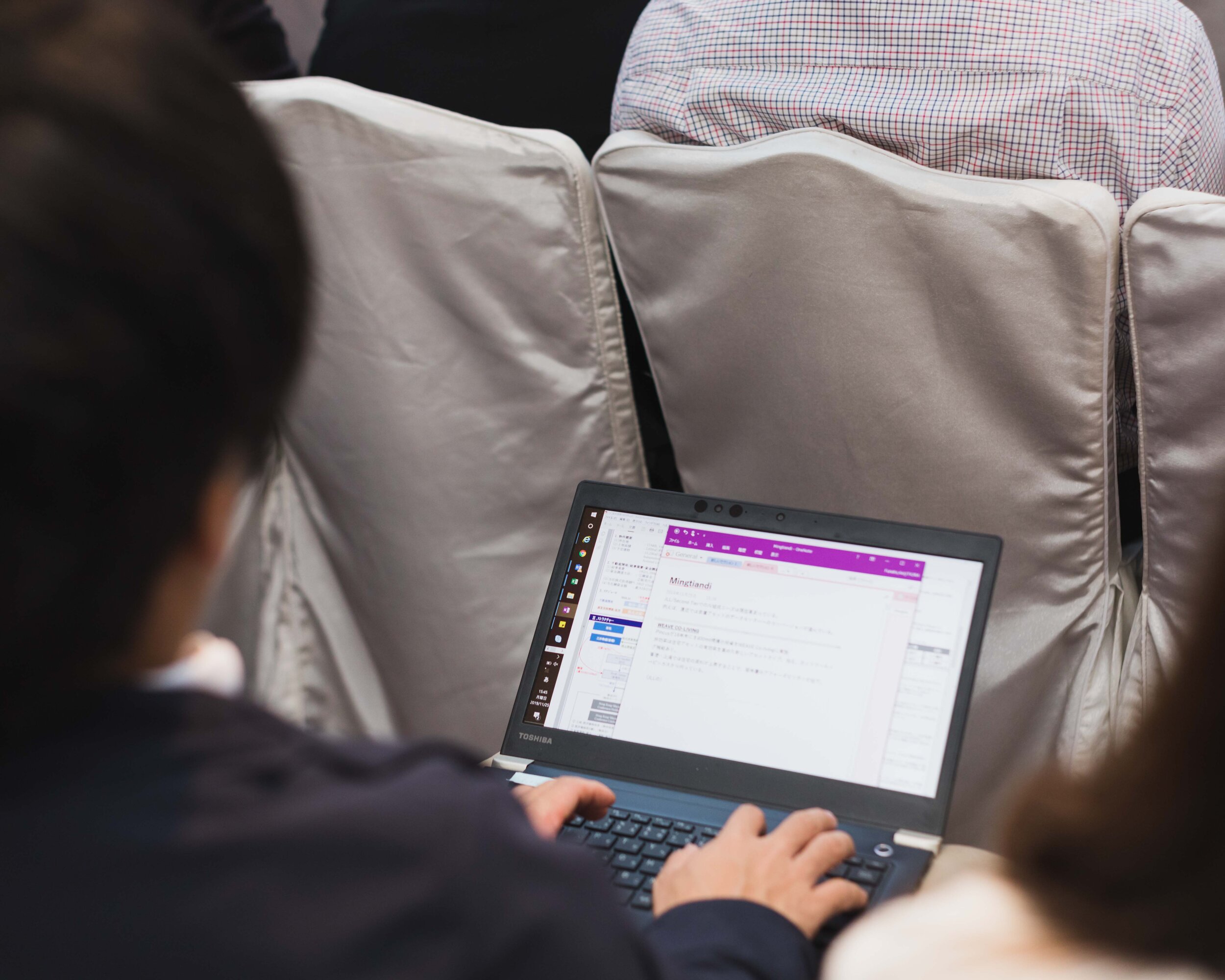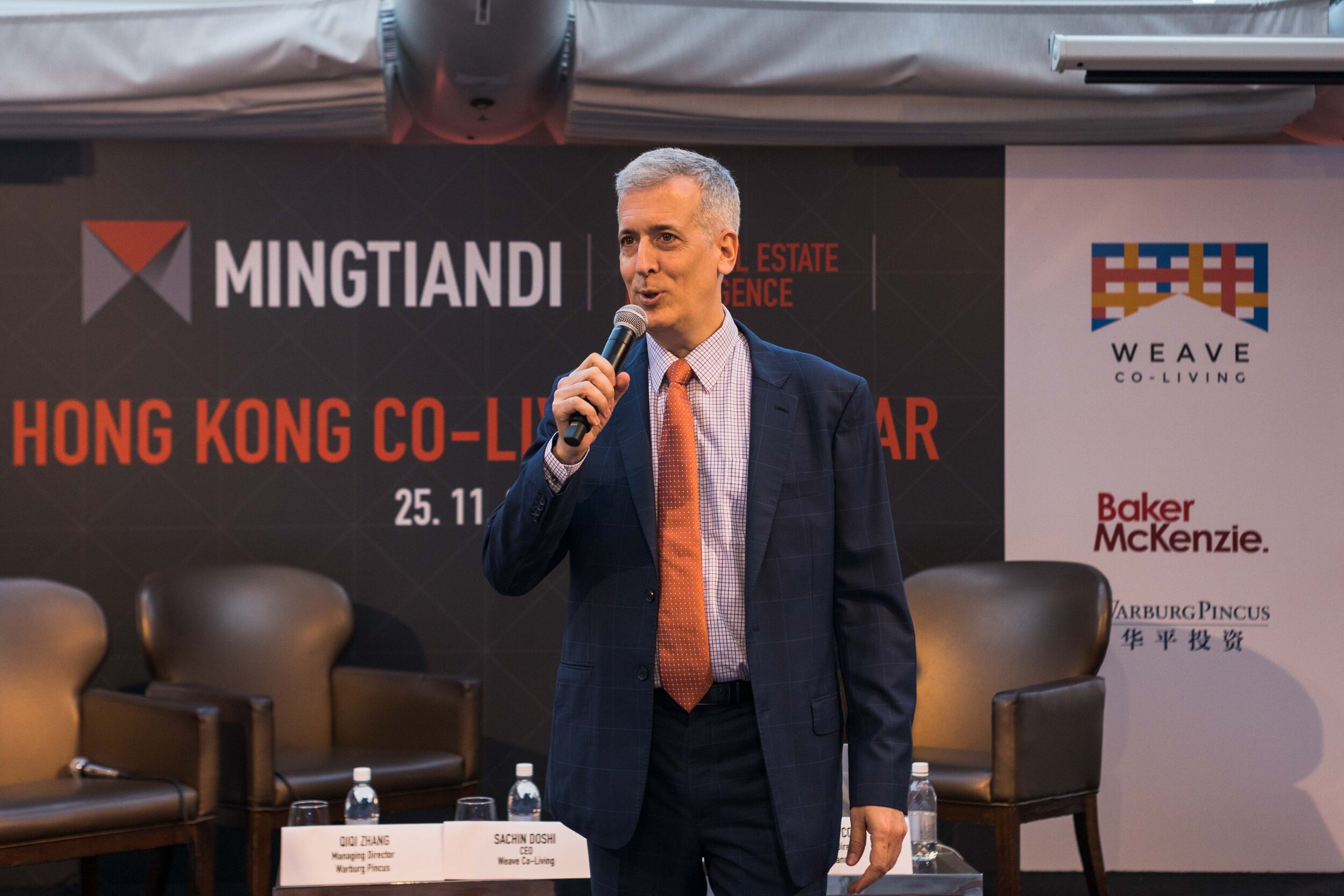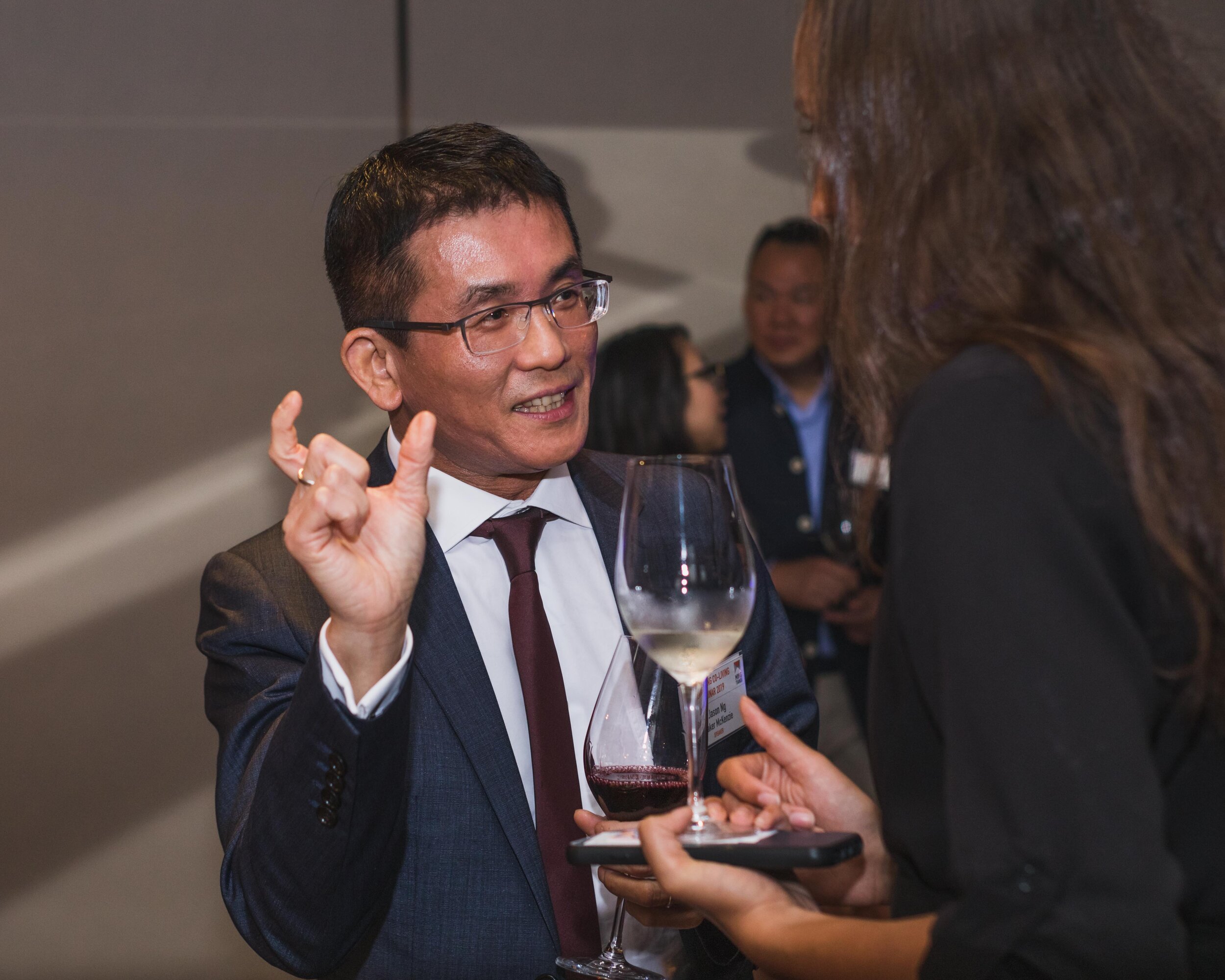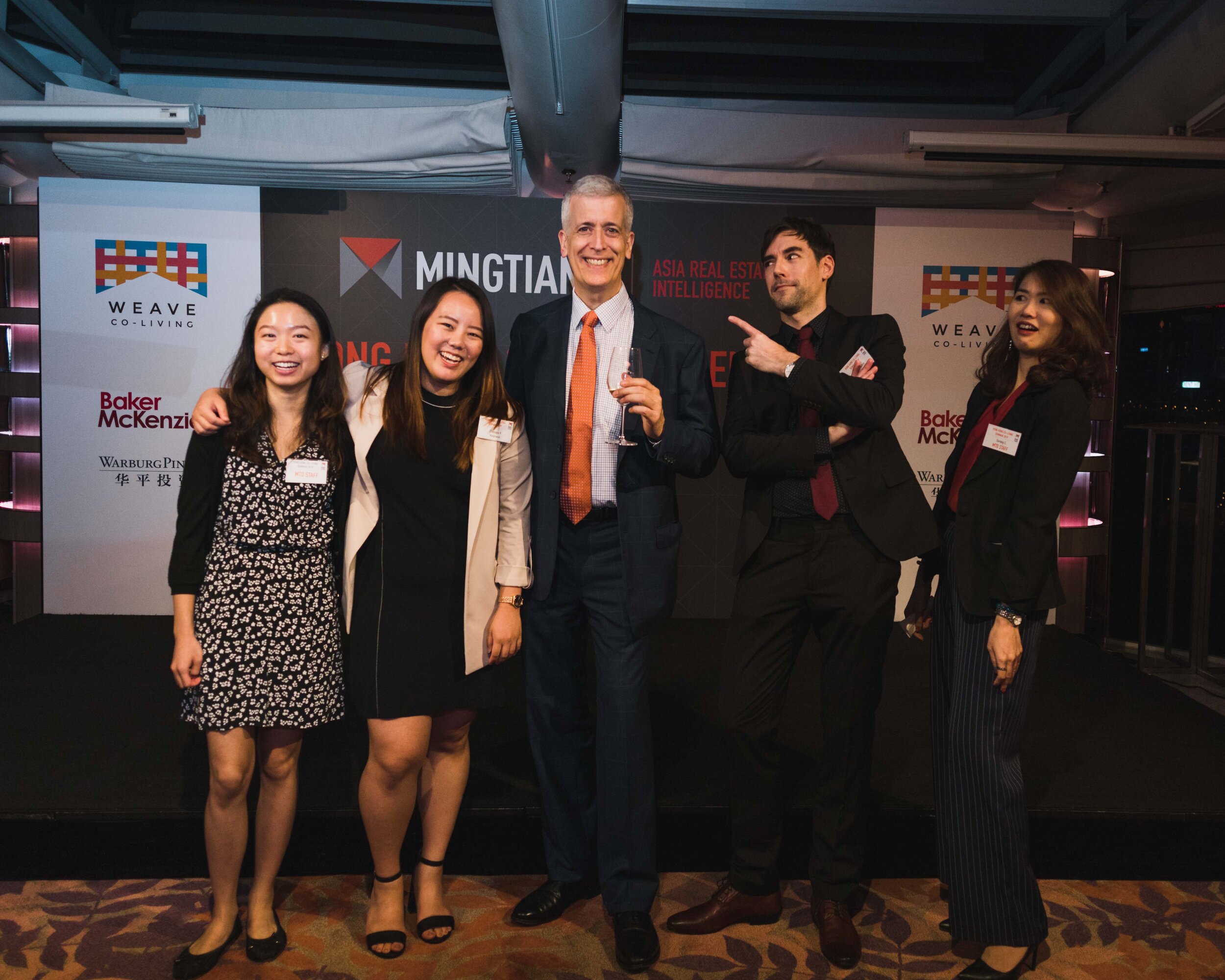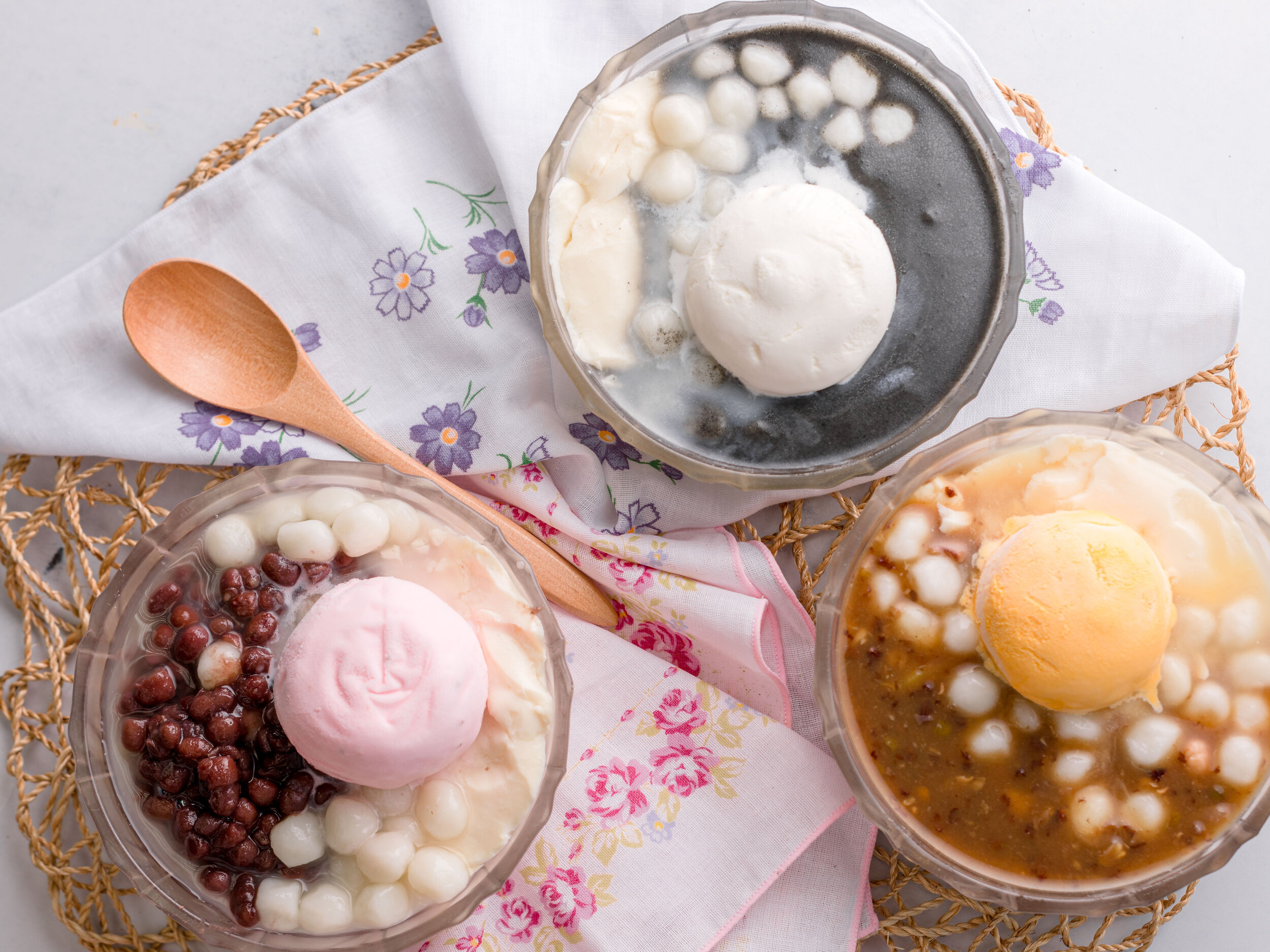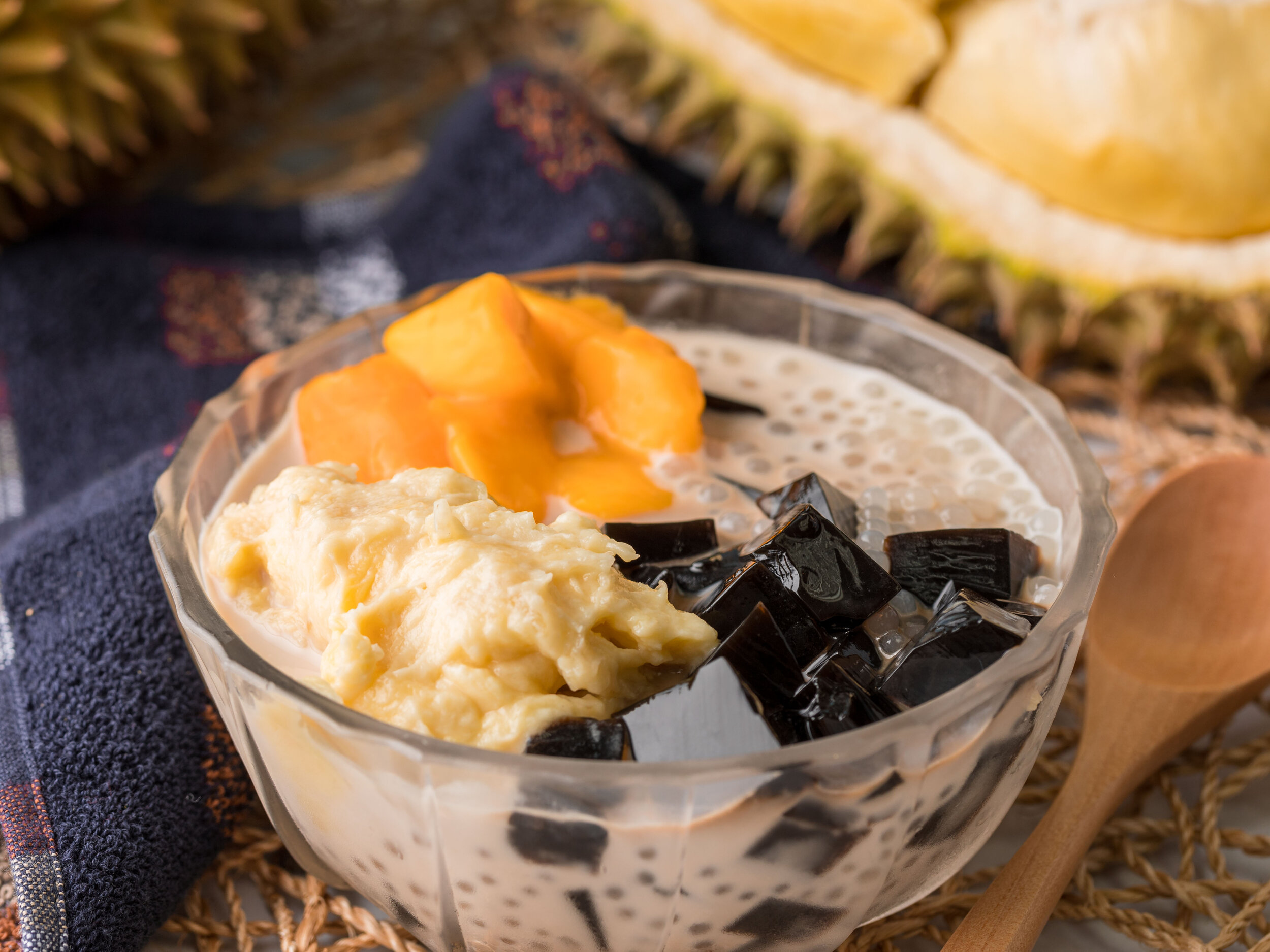If you are wondering if you should get an off-camera flash, chances are, you should. Every professional photographer owns a speedlight, if not a couple, because it is such a staple.
This article will explain under what circumstances do professional photographers use flash lights and why. You could decide for yourself if your photography requires you to achieve any of the effects listed below.
A good time to seriously consider getting a flash is when you are starting to get booked for paid photography gigs. Flash lights are often used by professional photographers because it is highly portable for on-location or outdoor shoots, in which the lighting conditions are often not ideal. Even where there is enough daylight, flash lights can be used to create artistic effects.
If you find this helpful, SUBSCRIBE to my channel via the box on the left to make the most out of my blog! Also, do share it with people who might be interested. Shoot me an email/ DM to share your thoughts too.
Also, Pin this article to your Photography Techniques/ Camera & Gear boards in Pinterest if you find it helpful!
When should you Buy an External Flash?
Good, portable lighting is always a plus in photography. It is just a matter of when to add a speedlight to your gear collection as you progress in your photography career.
Generally speaking, you should buy an off-camera flash when you are starting to make serious money with your photography. If you are getting booked for jobs that either involve on-location or nighttime shooting, such as food, nighttime portraits, real estate, events, weddings, just to name a few, external flashes are pretty much non negotiable. Get an external flash along with the compatible triggers a couple of weeks before the job, if you don’t already own one. You will need a few test runs at home before you properly set up your entire flash system - how to adjust the power settings, how to fire the flash when mounted on-camera, and how to trigger the flash when taken off-camera.
As a professional photographer, you don’t always get to decide the lighting conditions under which the shoot takes place. Many considerations come into play in relation to the client’s needs and schedule; people arrive late, events overrun, etc. You will have to shoot under bad light more often than you wish, so it is paramount that you have the gear that creates good quality light so that you can still deliver decent photos under less-than-ideal lighting situations.
In addition, being able to take your flash off camera and fire it at angle towards your subject will create much more possibilities for your photography. You will get to learn about the directional nature of light, and how various lighting positions affect the mood of the photo. External flashes are an exceptional, inexpensive starting point to learn about artificial lighting.
Do Professional Photographers Use Flash?
Yes, absolutely.
As we briefly explained above, external flash lights are often used by professional photographers when shooting on-location, indoors or in the nighttime. We will take a look at each of these situations in detail below - each scenario presents its own set of lighting challenges and the flash light comes in handy for various reasons.
Here are examples of jobs I have shot, which otherwise would have been impossible, without a flash.
This event took place inside the top level of a hotel. Though it is designed to let in natural light, a flash was still necessary. Plus, the sky was getting dark as the event took place.
This is a menu shoot for a restaurant, who had pale, top down lighting, which must be replaced by a directional, clean source of light to make the food more appetising.
Why do Professional Photographers use Flash Outside, in Day Light?
Professional photographers use flash even when shooting outdoors in broad daylight for mainly two reasons. Firstly, to create an artistic spotlight effect around the subject. This can be achieved using the zoom function manually on the flashlight. Secondly, to provide shadow fill on the subject when shooting backlight. This can protect details in parts of the frame with extreme brightness levels.
For artistic reasons
An external flash can do more artistically than most would imagine - a typical example of this the spotlight effect.
Flashlights give photographers the option to control the diffusion of the light by adjusting the zoom focal length. The more you zoom (aka the higher the focal length), the more concentrated the beam of light into a smaller area. This introduces more contrast between the areas hit by the light and the rest of the frame, which creates a spotlight effect around the subject.
This probably sounds abstract if you don’t already own a flash - here is a video demonstration on how it works.
This is a often incorporated technique to make your subject stand out more, add drama into a shot when the lighting is relatively flat, and to hide boring backgrounds.
Shooting backlight
In backlit situations, photographers often use a flash on the subject to fill in the shadows. The camera is shooting into the direction in which the natural light is coming from, which is not hitting onto the subject’s face/ front side.
When one part of the frame is extremely bright and another relatively dark, digital cameras can have a hard time exposing both of these parts correctly at the same time. If you expose for the highlights, the shadows gets crunched as blacks; if you expose for the shadows, the highlights blow up into extreme whites and lose detail. This is not ideal, and something has to be done especially when shooting in a commercial capacity.
When a flash is fired at the backlit subject, the brightness levels are better evened out. The subject becomes brighter relative to the bright background, which makes it easier for the camera to capture details in both parts. In this way, the photographer depends less on post-production to recover the detail buried in the extreme highlights or shadows. It is always preferable to get the best shot you can in camera rather than relying on editing, because editing always subtracts from the quality of the photo. The computer cannot invent detail that was never captured into the camera due to over/under exposure. Overall, introducing fill light in taking the shot preserves the quality of the photos, because less manipulation is required in editing.
Another added benefit of using a flash on a backlit subject is to enhance the focus on the subject. Under backlit situations, it can be a challenge to get your camera to focus sharply on the subject. Focusing tends to be softer at darker parts of the frame. By providing some degree of fill, it makes it easier to nail focus on the subject.
Why do Professional Photographers use Flash Indoors?
External flashlights are incredibly helpful indoors, when shooting on-location. Firstly. the indoor setting cuts out a lot of the natural light that would otherwise be available, even when in the day. Secondly, the quality of light at the venues can be bad for photos. It might come from undesirable angles and creates unflattering colour cast, which needs to be replaced using the flash lights. Lastly, the flash light is a convenient solution because it is highly portable for the photographer who needs to shoot on the move.
Light up Dim Venues
Many events venues and restaurant are dimly lit - maybe it creates a more professional and high-end ambience - it is a challenging situation that professional photographers have to handle.
Because this is how the client decides to set up the place, you must work within the circumstances. After all, this is a huge reason why they decide to hire you to do their photos instead of doing it themselves - they are looking for a person who could deliver decent shots under unfavourable lighting conditions.
The flash is therefore a must-have in such circumstances, to simply light up the scene. These photos can potentially be used for marketing purposes on social media, or for public relations purposes like websites and press releases. Corporates and brands do have aesthetic standards when it comes to their promotional materials, which is why their photos can’t look cheap and grainy and pixelated.
Surely you can mitigate by stretching the exposure triangle, such as shooting wide open, ride the wild cart with the auto ISO, and put your handheld abilities to the ultimate test - and you might as well get yourself fired and never see the client again (disclaimer: this is a joke).
Risks aside, here are common reasons why the exposure triangle can’t be stretched:
Shutter speed has a lower limit to avoid camera shake - and you need to provide yourself some buffer for that too
Aperture has an upper limit (number-wise) when photographing groups (of people or objects) so that all components in the shot stays sharp
ISO has an upper limit to maintain a decent image quality - ISO values introduces undesirable digital noise
The flash does just what event hosts are looking for - usable photos shot in well-controlled lighting.
Control the Quality of Light
Following from the point above, the lighting pre-existing in a venue isn’t always desirable for photo-taking not only because of its inadequacy, but also due to its qualities.
Lights in venues are designed to light up the place (obviously), not necessarily to present subjects under the best light (#pun intended).
Typically, light comes from the above and points (almost) vertically downwards. Top-down lighting can create strange shadows on people’s faces - the eyes get buried by the shadows cast by the forehead, the nose creates a strange shadow over the mouth, etc.
It is also common that lights have a yellowish cast, which can make the already warm skin-tone overly warm and saturated. Some other venues might have even crazier colours flashing around to create a hipster ambience, which can lead to a chaotic mishmash of colours on your subject. Doing colour correction in post processing is possible, but not always. To save you time, just get good lighting in camera.
With a flash, you will be able to cut out the light from the environment completely, and only shoot using the neutral, clean light fired from your flash. Briefly, this can be done by:
Adjust the camera settings to allow no light into the frame (usually ISO 100, aperture f/8.0, and a shutter speed as fast as you are comfortable with)
Take a test shot of the venue (and further lower the exposure in your camera further if need be)
Mount the flash
Take more test shots with the flash on and adjust the flash power output until the exposure looks right
This ensures that none of the light in the environment is affecting the shots, which gives you much better control over the quality of the lighting in the shots.
Lightweight and Portable
Photographers have to run around large venues often, especially in events. Events typically have an agenda, with every hour packed with shows and talks etc.
Depending on the working style of the particular client, photographers are usually given a shot list containing all the shots the client wants of each part of the agenda. Based on my experience in shooting corporate events, here is a sample shot list I have put together for your reference: Sample Conference Shot List for Corporate Events.
In order to deliver the variety of shots the client needs, photographers will have to be at a different place according to the venue arrangements, and always be ready when someone asks for a shot.
The flash light is has your back - it is light enough for photographers (even females like me) to manage throughout long days, and also versatile enough for lighting in various directions and concentration.
Why use Flash In Nighttime Photography? Why not just Turn up the ISO instead?
As we have discussed above, photographers often find themselves in situations in which there is still not enough (good) lighting despite having stretched their cameras’ abilities to maximise the exposure.
Speaking from experience, lighting of indoor venues are insufficient more likely than not, even if there is daylight coming in from the windows. Shooting in the nighttime almost means insufficient lighting 100% of the time.
Turning up the ISO should always be the last resort in photography generally. High ISO amplifies digital noise. To some extent, the photos come out not usable because it is so noisy. Another issue caused by high ISO values is the lose of focus. When you zoom in, edges become smudged and no longer smooth because lines are replaced by coarse units of grain.
Also as discussed above, ambient lighting in nighttime can contain unwanted colour casts as well. This is especially so if shooting on streets - street lamps often have this unflattering yellowish tint to it.
In simple words, bumping the ISO can only take you so far in your photography; to make your work look professional, it is best to equip yourself with a flash, unless you are going for a very street/ neon look.
Summary
In this article, we talked about:
When should you buy an external flash,
Why professional photographers use flash in daylight,
Why professional photographers use flash indoors,
Why using a flash is better than relying on a high ISO
More sharing coming soon!
SUBSCRIBE via the box on the left for more PRO tips, and follow me on Instagram (@_bjiao__) and let me know what you think in the comments!
Share this article on Pinterest too!
Keep shooting, keep creating!
The mission of this blog is to provide the best insider information in the photography industry, as openly as possible. You have direct access to my
first-person experience as an aspiring photographer who talks, but also works.
Honest opinion are rarely available as public resources because this is a competitive industry. Huge sums are made when such information is delivered in the form of mentorship and workshops.
This blog is a great way in which I cover my daily expenses, but also provide real value.
If you have learnt something that would be worth at least $10, please consider donating to the page. This enables me to keep creating content and helping more people sustainably.
Your continued support for the blog is appreciated!

